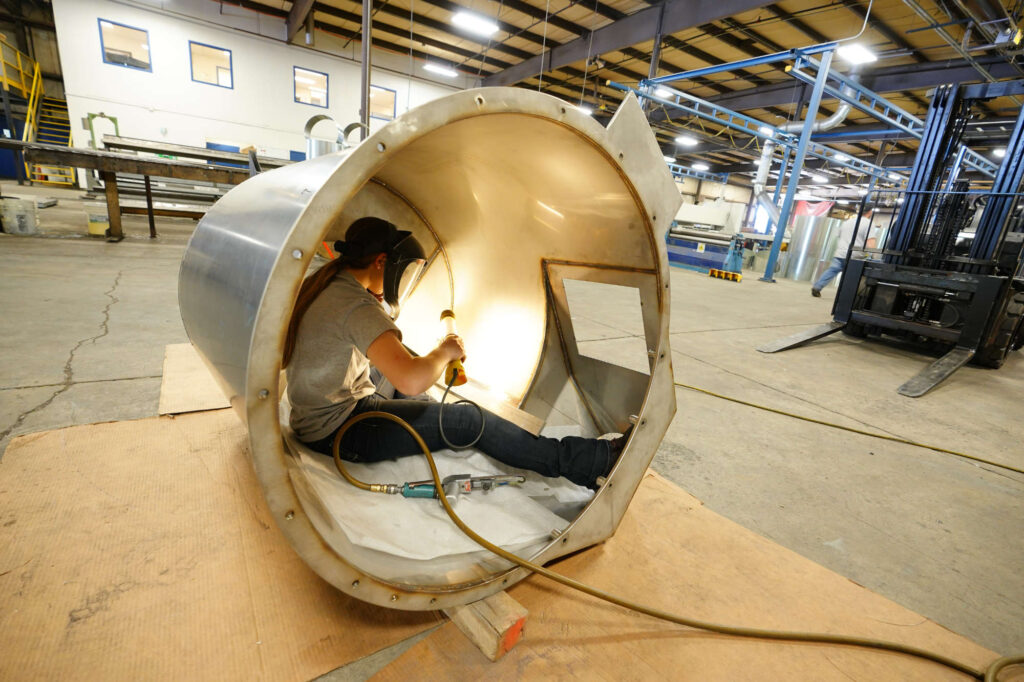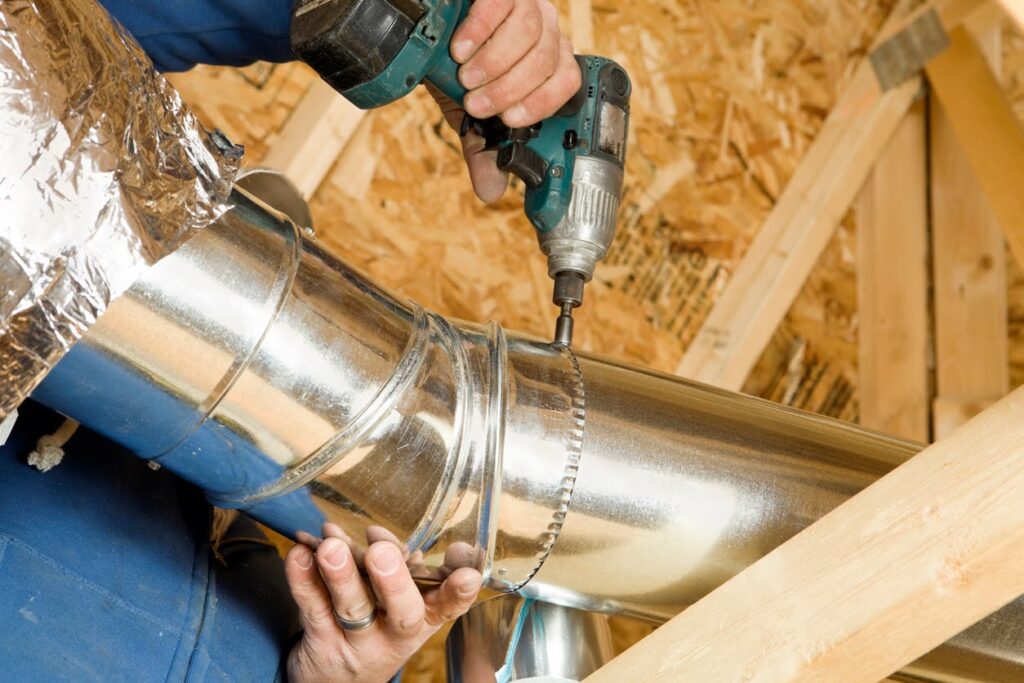When running a fabrication, manufacturing, or construction business, welding sheet metal is sometimes necessary. Not only are there are many kinds of metals to weld-some easy, others near impossible-but there are also different welding terminologies. For example, terms like “TIG and MIG welding” are so similar that they are often confused.
SO WHAT’S THE DIFFERENCE?
MIG welding uses metal inert gas, while TIG welding uses tungsten inert gas. The entire process is actually called gas metal arc welding or GMAW.
Both methods utilize an electric arc and inert gas to shield the arc and keep the welding area clean of contaminants. However, there are important differences. For example, with TIG methods, a tungsten electrode is what provides the electric power for the arc. The electrode is not consumable and the welder usually uses a separate welding rod in the process.
On the other hand, MIG methods utilize electrode materials which are consumable and become part of the weld. The electrode provides electricity for the arc, and acts as a consumable welding rod at the same time. It is continually fed through a spool of wire that is usually made from copper-coated steel.
WHICH METHOD IS EASIER?
MIG welding is much easier to perform than TIG. It doesn’t require the same degree of skill and can be done with one hand. In fact, this process is used by many welding robots and automated welding systems today.
WHAT KINDS OF METALS CAN YOU WELD?
Both methods are commonly used to weld metals-such as thin sheets of stainless steel and aluminum. For extremely thin sheets however, TIG welding is the preferred method. MIG methods are commonly used on thicker metals like structural steel.
TIG methods are typically used for thin metals because the power can be lowered considerably so the welder does not penetrate all the way through the material.
However, if you are interested in speed, MIG welding wins out. It is a much faster process because the electrode is fed automatically. It will not take long to weld several components of a structure.
Regardless of which welding method is selected, a lot of money can be saved when choosing to outsource some of your welding needs. At Avon Lake Sheet Metal Company, we offer MIG, TIG, and spot welding in addition to our fabrication services. We also provide CNC machining, 3D modeling, and design services.Visit us today at www.avonlakesheetmetal.com or call (440) 933-3505 to discover what we can do for you.



